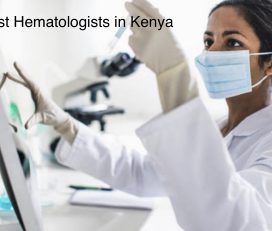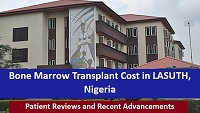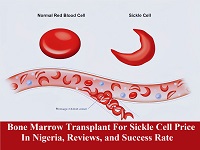
Sickle Cell Disease and Bone Marrow transplant in Kenya
Sickle Cell Disease is a blood disease affecting the hemoglobin in the red blood cell that transfers oxygen to the body’s cells. Hemoglobin S is an abnormal hemoglobin molecule; if found in an individual’s body, it can cause red blood cells to assume a sickle or crescent shape. Sickle Cell Disease can be treated by the procedure of Bone Marrow Transplant, where the patient’s damaged blood formation cell is replaced by the healthy blood formation cell of the donor. In this article, you will read about Sickle Cell Disease in Kenya and the treatment of SCD using a Bone Marrow Transplant.
Kenya experiences more than 6,000 children born with Sickle Cell Disease. Unfortunately, earlier 60%-80% of children die undiagnosed before age five. Later Kenya’s government took new initiatives to give the patients the proper treatment and spread awareness in the country for Sickle cell disease. As a result, the current survey of Kenya states that when 25,000 kids were diagnosed with Sickle Cell Disease, almost 75% were successfully contacted and given treatment on time. Sickle Cell Disease treatment cost in Kenya is around $40000.




